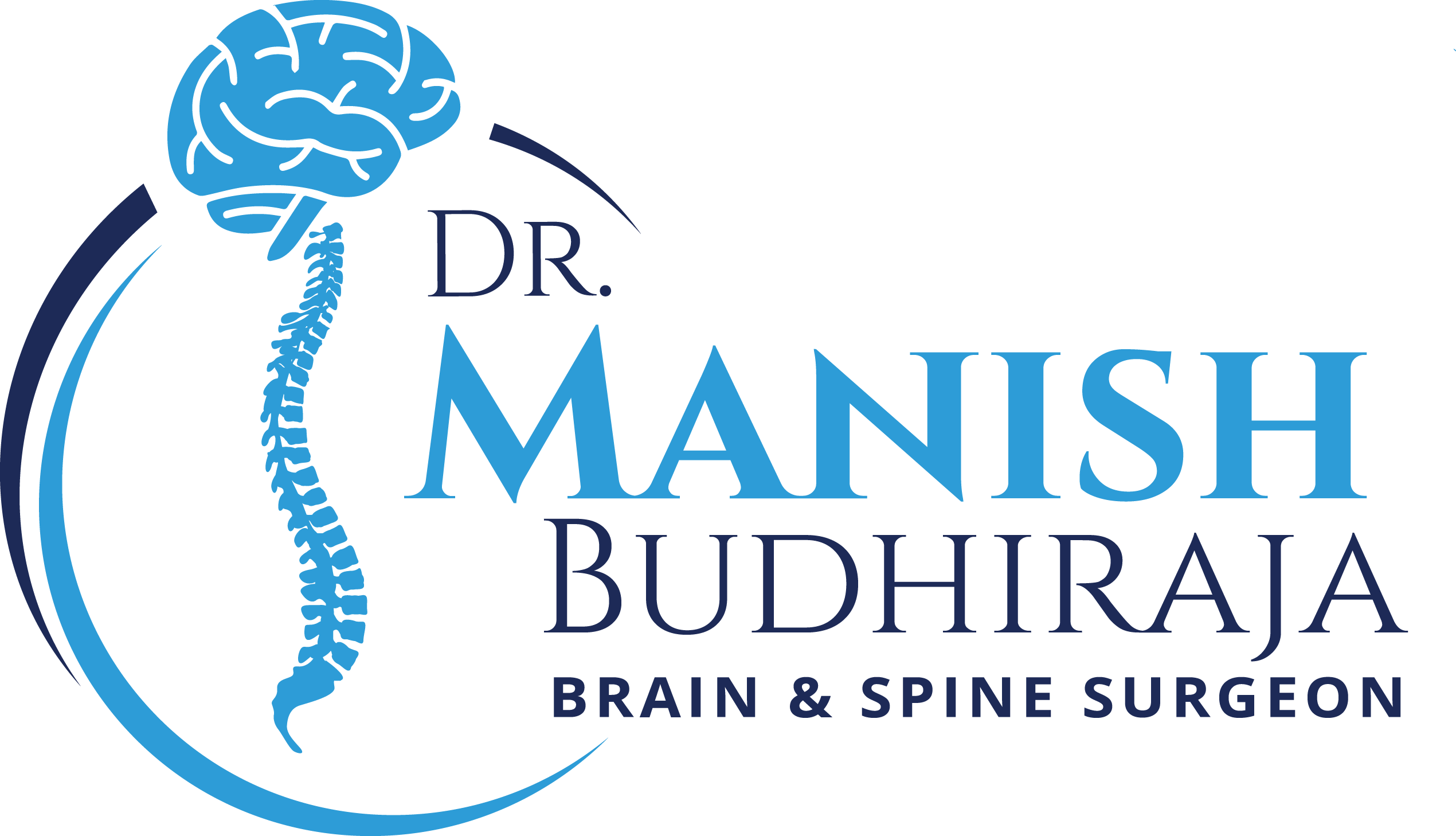Lumbar Spinal Surgery
Know morw about Lumbar Spinal Surgery.: the lumbar spine refers to the lower area of the spine between the pelvis and thoracic cage. It is made up of 5 vertebrae (although some people may have 6) that are stacked on top of each other with cushion-like intervertebral discs in between. The lower back is the largest movable segment of the vertebral column and is extremely vulnerable to disorders, making it the source of many pain complaints.

Causes of Pain Leading to Lumbar Spinal Surgery
There are many structures in the lumbar spine that can cause pain. Any irritation to the nerve roots that exit the spine, joint problems, the discs themselves, the bones and the muscles – can all be a source of pain. Many lumbar spine conditions are interrelated. For example, joint instability can lead to disc degeneration, which in turn can put pressure on the nerve roots, etc.
The following outlines the more common causes of lower back pain:
Muscular Problems
The most common cause of lower back pain is muscle strain or other muscle problems. Strain due to heavy lifting, bending, or other arduous or repetitive use can be quite painful. But muscle strains usually heal within a few days or weeks.
Degenerated Discs
Intervertebral discs are spongy pads that act as shock absorbers between each of the lumbar spine’s vertebrae. Disc degeneration can create pain in the disc space. This condition can be referred to with many different terms – on this site it is consistently termed “degenerative disc disease”.
Lumbar Disc Herniation
Herniated discs are most common in the lumbar spine. A herniated disc may happen suddenly due to injury or heavy lifting. But it can also happen slowly as a part of general wear and tear on the spine. Leg pain (sciatica) is the most common symptom of a herniated disc.
Sacroiliac Joint Dysfunction
The sacroiliac joint, which connects with the bottom of the lumbar spine and the top of the tailbone, can cause lower back pain. And it can also cause sciatica pain if there is any type of dysfunction in the joint that allows too much movement or restricts normal movement.
Spondylolisthesis
Herniated discs are most common in the lumbar spine. A herniated disc may happen suddenly due to injury or heavy lifting. Or it may happen slowly as a part of general wear and tear on the spine. Leg pain (sciatica) is the most common symptom of a herniated disc.
Osteoarthritis
Osteoarthritis in the lower back is sometimes called facet joint arthritis. Aging and wear and tear can cause the cartilage covering the facet joints in the back of the spine to become worn and frayed. Excess friction can produce bone spurs and joint swelling that cause tenderness, the pressure to the nerve, and limited range of motion.
Lumbar Stenosis
The narrowing of the spinal canal or nerve root canals (gaps where the nerve endings pass through as they exit the spinal column) can cause the nerve endings to be squeezed, resulting in leg pain, tingling, numbness, and even difficulty walking. This narrowing is often the result of bone spurs and joint swelling from osteoarthritis.


